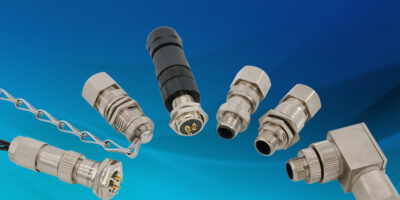BlueSky technology has been integrated into Microchip’s SyncServer S600 series time server to defend against GPS jamming and spoofing.
Mission-critical networks and essential enterprise infrastructure maintains reliable operation by continuously receiving accurate timing information from network time servers. These servers however can be vulnerable to cybersecurity threats such as global positioning system (GPS) jamming and spoofing.
Microchip addresses this by integrating BlueSky technology signal-anomaly detection software into SyncServer S600 series network time server and instruments.
The company believes it is the first to fully integrate GPS jamming and spoofing detection and protection, in combination with local radio frequency (RF) data logging and analysis, inside a time server. The SyncServer S600 series Stratum 1 instrument, with BlueSky intelligent jamming and spoofing detectors, continuously monitor local GPS constellation health and examine GPS and local RF signal integrity to assure validity.
If an anomaly is detected, an alarm is sent. If necessary, the SyncServer instrument can be shifted to alternative time sources or an internal oscillator to protect ongoing timing outputs while ensuring only minimal, predictable timing degradation to vital network and business operations. Typical applications range from banking and stock trading to electric utilities and aerospace and defence.
The SyncServer BlueSky technology provides continuous detection and protection against GPS jamming and spoofing. It includes a comprehensive suite of logging, charting and measuring tools to characterise local GPS satellite signals as well as local RF events over time. This can help enable correlating, troubleshooting, identifying and correcting local anomalies, some of which may be related to consumer electronics, or nearby RF signal broadcasts.
Microchip also offers the option of the SyncServer v4.1 software release with features found in Microchip’s proven BlueSky GNSS Firewall solution for third-party GPS receivers and critical infrastructure.
Microchip Technology provides smart, connected and secure embedded control solutions. It also provides development tools and comprehensive product portfolio enable customers to create optimal designs which reduce risk while lowering total system cost and time to market. The company has over 120,000 customers across the industrial, automotive, consumer, aerospace and defence, communications and computing markets.
The company is headquartered in Chandler, Arizona, USA. In addition to its product portfolio, Microchip offers technical support.







